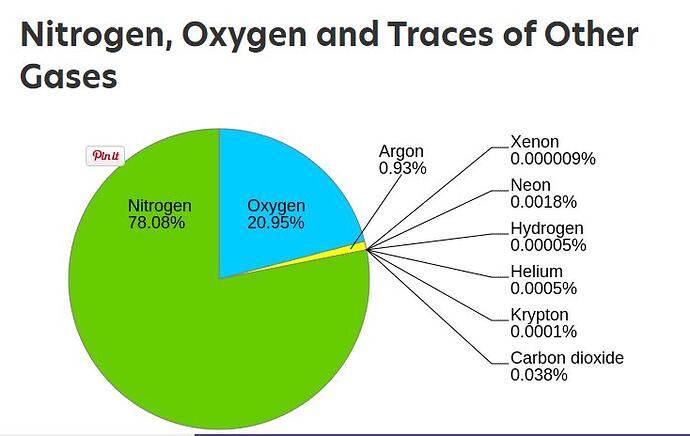Meat production accounts for 57 percent of the greenhouse gas emissions of the entire food production industry. It also results in widespread deforestation and loss of biodiversity, and each of these means that it significantly contributes to climate change. This is especially true of meat production from factory farming operations.
Deforestation
As increasing numbers of animals are raised for meat production, vast areas of land are being cleared for the animals to live on and their food to be grown. In the Amazon rainforest for example, 80 percent of deforestation is due to the clearing of land for cattle ranching. The deforestation caused by the animal agricultural industry results in 340 million tons of carbon being released into the atmosphere each year.
Biodiversity Loss
Much of the land that is burned and cleared for animal agriculture was once home to a variety of different plant and animal species. When these plants are destroyed and the animals have nowhere to live, this results in a loss of biodiversity — 60 percent of biodiversity loss today can be related to meat consumption. Biodiversity loss has a severely detrimental effect on an ecosystem’s ability to regulate itself, so it both drives climate change and reduces the ability of ecosystems to cope with climate change.
Soil Degradation
The intensive nature of animal feed production means that areas of land used to produce crops for animal feed lose nutrients over time. As well as this resulting in a loss of soil fertility, it means that the carbon dioxide that the land should be able to absorb is instead released into the atmosphere.
Water Usage
Excessive water usage may not be commonly attributed to meat production, but the animal agriculture industry uses massive amounts of water to raise and slaughter its animals.
Feed production for the animal agriculture industry is responsible for a significant amount of this water usage. Producing food for livestock requires almost 20 percent of the world’s fresh water. Many of the slaughter methods used to kill the animals also use substantial amounts of water. In a single Californian slaughterhouse, for example, 4 to 5 million gallons of water are used per day to slaughter its chickens.
Compared to meat-based products, plant-based foods have a much lower water footprint. It takes six times more water to produce 1 gram of protein from beef than it does to get the same amount of protein from pulses.
The impacts of such extensive water usage include a loss of biodiversity in aquatic ecosystems, an increase in frequency and severity of droughts, deterioration in safe water security and a reduction in soil fertility.
Greenhouse Gas Emissions
Meat production significantly contributes to the release of greenhouse gases including carbon dioxide, methane and nitrous oxide. As large volumes of these greenhouse gases accumulate in the earth’s atmosphere, they absorb radiation and prevent heat escaping. This leads to global warming.
Raising farmed animals in such massive numbers is among the key contributors to its greenhouse gas emissions. As ruminant animals they digest their food in a process known as enteric fermentation, which releases methane and nitrous oxide.
Both of these are highly potent greenhouse gases, with methane being 27 to 30 times and nitrous oxide 273 times more effective at trapping heat than carbon dioxide over a 100-year period.
The industry is also responsible for the release of greenhouse gases through feed production, transportation of animals and emissions released by the slaughter process.
As forests are destroyed, soil is degraded, water reserves are depleted and large volumes of greenhouse gases are released, animal agriculture is having a devastating effect on our already struggling climate. This means that if current climate goals are to be met, there needs to be significant change in the way meat is consumed.
Why Is Meat Bad for Climate Change?
When protein sources are compared based on their greenhouse gas emissions, beef ranks the highest. The production of just 100 grams of protein from beef is responsible for the release of 49.89 kilograms of carbon dioxide. It also produces methane and nitrous oxide, which are even more powerful in trapping heat than carbon dioxide, when measured over decades.
Meat Industry Environmental Impact Statistics
• Over 88 billion land animals are raised and slaughtered for food production every year.
• The animal agricultural industry is responsible for at least 16.5 percent of global greenhouse gas emissions.
• Despite the scale of its environmental impact, animal agriculture only provides 18 percent of the calories from global food production.
• Of the greenhouse gas emissions from livestock, 44 percent are in the form of methane and 29 percent in the form of nitrous oxide.
• Livestock farming currently occupies more than a third of the world’s habitable land area.
• Depending on the type, it can take between 5,000 and 20,000 liters of water to produce 1 kilogram of meat.
• Producing 1 kilogram of beef requires 25 kilograms of grain and 15,000 liters of water.





